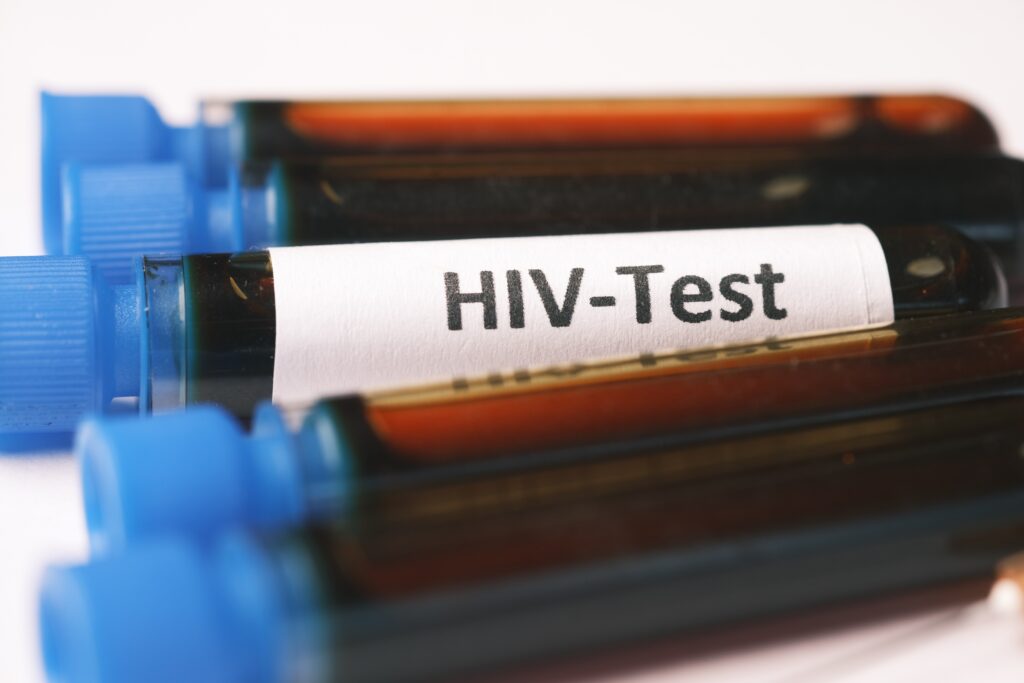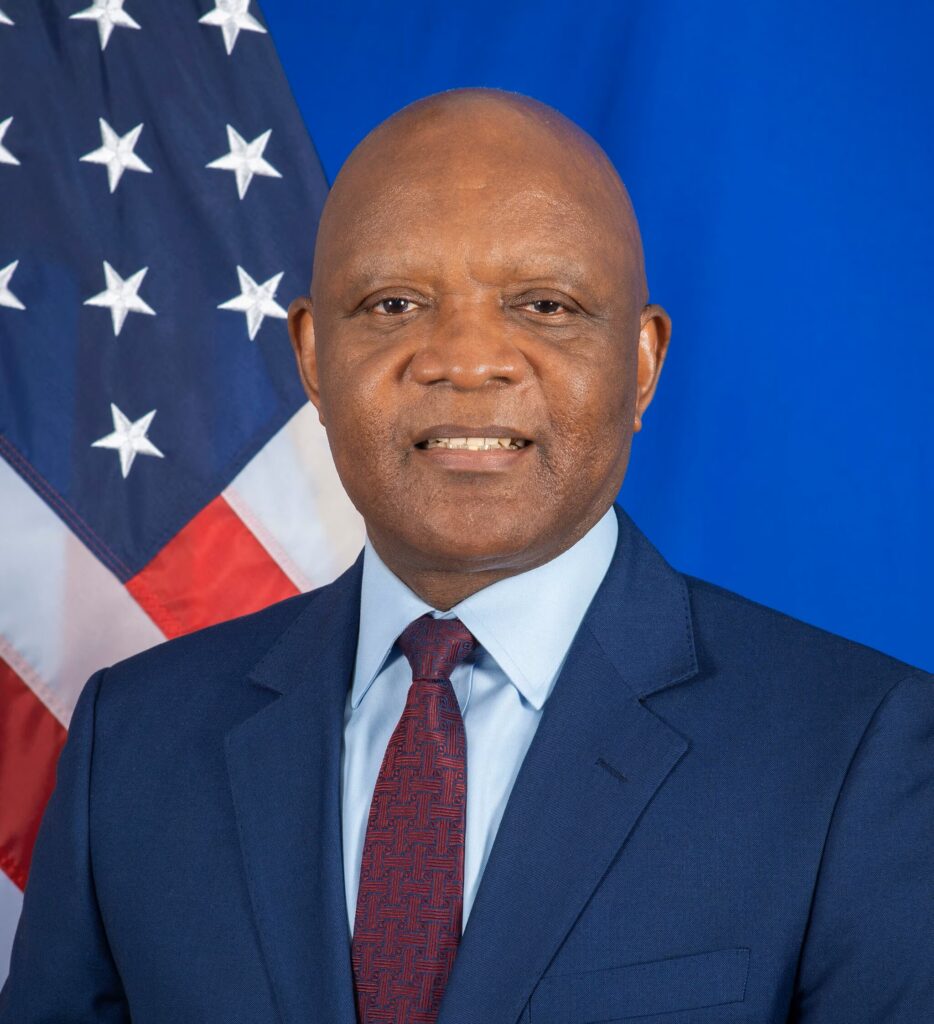
By Phephile Motau
The US Department of State has set aside about E2.4 billion for Eswatini’s PEPFAR Country and Regional Operational Plan (COP/ROP23) for the years 2024 and 2025.
This is according to a memo addressed to the United States (US) Chargé d’Affaires Earl Miller by John Nkengasong, who is the U.S. Global AIDS Coordinator, Ambassador Dr John Nkengasong which has been published on the US Department of State website.
Read More: Minister Lizzie Nkosi to represent Eswatini at PEPFAR 20
PEPFAR is the U.S. President’s Emergency Plan for AIDS Relief. According to the memo, Eswatini PEPFAR COP/ROP23’s two-year national budget for Eswatini is E2.36 billion (US$138 834 097).
The budget for Year 1, according to the document is about E1.2 billion (US$70 415 200) and Year 2 is about E1.16 billion (US$68 418 897) inclusive of all new funding accounts and applied pipeline and includes the KP Survey (USAID) about E10.2 million (US$600 000) in Year 1.
Response Investment
The memo states that the Year 2 national amount is subject to change pending the financial year 2024 appropriations. The organisation said to end HIV/AIDS as a global public health threat by 2030, PEPFAR-supported HIV-response investments and activities must be aligned with the unique situation of the partner countries they are supporting.
“This will also require that together, we chart a successful course for operationalizing the PEPFAR Five-year Strategy that will help our partner countries achieve or exceed the 95/95/95 HIV treatment target by 2025, as well as provide a strong public health infrastructure that can be leveraged to tackle current and emerging disease threats,” he said.

Nkengasong said in response to stakeholder input and to make the COP/ROP process more fit-for-purpose, there are many improvements to this year’s process including a transition from an annual planning process to two-year operational planning to facilitate longer-term thinking.
He said the shift to a two-year cycle will begin in the fiscal year 2024 (FY24) for COP and in the fiscal year 2025 (FY25) for ROP. The second improvement is a redesigned COP/ROP Guidance Document that is a shorter, more strategic, and more useful resource to support country teams as they work with stakeholders to develop country and/or regional operating plans; and technical considerations, formerly a section within the Guidance, has been moved to an annexe document and have only been revised from COP/ROP22 Guidance where necessary.
Minimum Program Requirements
The last improvement is that Minimum Program Requirements have been reframed as Core Standards to better reflect PEPFAR’s role as a respectful partner helping to enable the goals of national HIV efforts.
“Consistent with the approach from years past, PEPFAR teams will be responsible for setting their own targets across PEPFAR program areas in consultation with stakeholders,” he said.
Read More: African leaders pledge new commitments to end AIDS
Nkengasong said PEPFAR targets were not PEPFAR’s but flowed directly from Eswatini’s commitment to the U.N. Sustainable Development Goal (SDG) 3 target of ending the global AIDS epidemic as a public health threat by 2030 while also advancing interdependent SDGs.
He said in alignment with efforts by the U.S. government to support diversity, equity, inclusion, and accessibility as well as to advance equity for underserved communities and prevent and combat discrimination or exploitation based on race, religion, age, gender identity, or sexual orientation, PEPFAR will work to ensure that these principles are upheld, promoted, and advanced in all PEPFAR programs and in how they conduct business.
Eswatini’s progress towards 95/95/95 is remarkable
John Nkengasong says Eswatini’s progress towards 95/95/95 is remarkable. He said at the co-planning meeting, they looked forward to hearing the country’s plans to reach and maintain 95/95/95 by 2025, and address adaptive case finding, particularly for young people, which is essential to achieving these goals.
“Based on your program success, we are providing budget flexibility to further evolve the program while maintaining impact and integrating into partner country services and systems. Most program budget controls have been lifted, except cervical cancer, to provide that flexibility to program PEPFAR’s shared vision with stakeholders in support of the national program for this new phase of the epidemic,” he said.
Nkengasong said they expect continued increases in population coverage, outcomes, and impact by further finding program and budget efficiencies, and integrating programs in host country services and systems.
Read More: Eswatini pledges E17.6 million for the fight against HIV/AIDS, Malaria
“System gaps that inhibit achieving impact should be identified and addressed with a view to the systems improvements needed to sustain impact in the future,” Nkengasong said.
He urged that in COP23, the programs should continue to assess and respond to gaps among pediatric populations, key populations and adolescent girls and young women.
He said DREAMS programming was a critical program for AGYW, and program standards should align with COP guidance.
“Coverage and impact from prevention services i.e., VMMC, and PrEP must be maintained and scaled as needed. Community Led Monitoring (CLM) remains a priority for PEPFAR and all OUs must continue to program appropriately for CLM,” Nkengasong said.




